The current global Internet of Things (IoT) network has reached 17 billion nodes, primarily relying on wired power or batteries, which leads to high maintenance costs and risks of data loss during power outages. Although self-sustaining IoT nodes could resolve these issues, they face challenges such as unstable energy supply and insufficient energy utilization efficiency. Perovskite solar cells (PSCs) have emerged as an ideal energy solution for varying light conditions due to their tunable bandgap, high absorption coefficient, and excellent low-light efficiency (with a theoretical limit of 60%). However, existing photovoltaic systems still lack reliable power output in complex environments (e.g., dim indoor lighting or rainy weather) and suffer from insufficient integration of sensing, energy storage, and wireless transmission—hindering the practical development of self-sustaining IoT nodes.
Recently, Prof. Shiyantao and Prof. Yin Bing’s research team at Dalian University of Technology developed a flexible perovskite solar module (FPSM)-powered self-sustaining sensor node (SSN) for IoT applications. The study employs a p-i-n perovskite heterojunction structure, encapsulated with polyolefin elastomer (POE) to enhance mechanical flexibility and environmental stability. The system integrates a dynamic maximum power point tracking (MPPT) algorithm and an adaptive energy storage module to optimize energy cycling efficiency. Furthermore, it incorporates PEDOT:PSS-based temperature/humidity sensors and low-power wireless communication to establish a wireless sensor network.
The SSN demonstrates autonomous environmental monitoring and device control—for instance, triggering appliance regulation upon temperature threshold crossing—validating its closed-loop control capability in smart home applications. This work presents a novel strategy for battery-free IoT node development (Fig. 1).
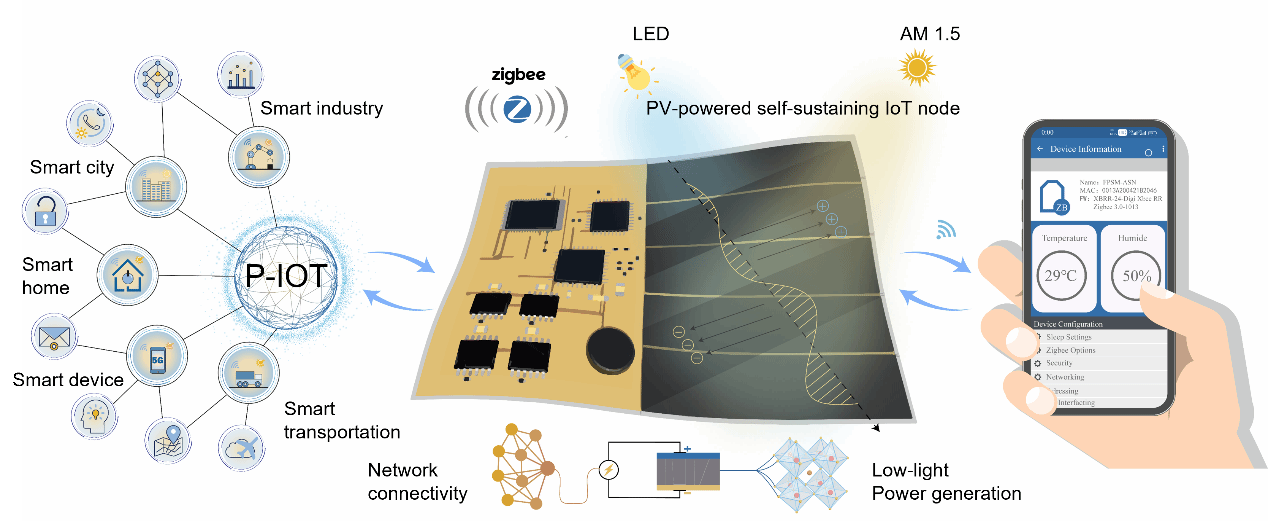
Figure 1. Conceptual illustration of a self-sustaining IoT node powered by perovskite solar cells.
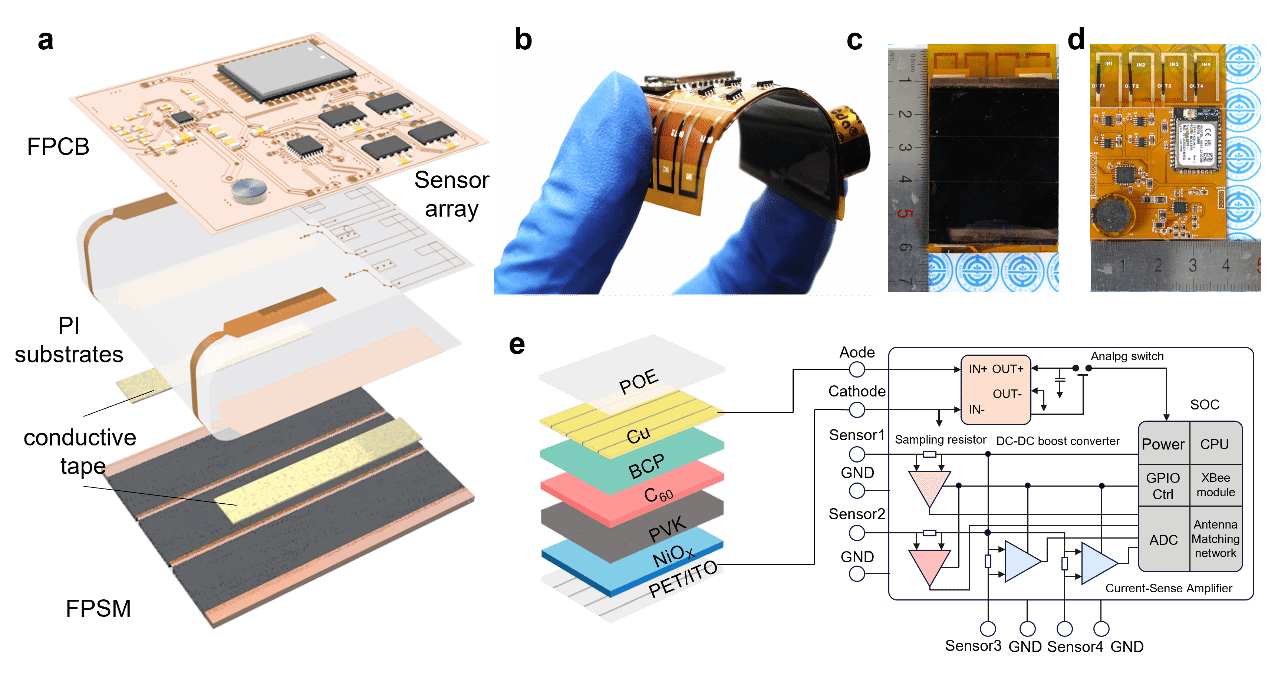
Figure 2. Schematic of the assembled FPSM-SSN.
The FPSM-SSN system adopts a compact and foldable design with a total surface area of 24 square centimeters. It consists of two main parts: the FPSM energy supply module and the SSN detection system. The FPSM module contains three sub-batteries connected in series. The SSN detection system includes a power management module, an information acquisition and processing module, and a wireless communication module. Under light conditions, the FPSM continuously generates electricity and supplies power to the SSN through the power management module. The SSN collects environmental information and wirelessly transmits the data to the user interface via the Zigbee module, achieving 24-hour uninterrupted environmental monitoring and data transmission.
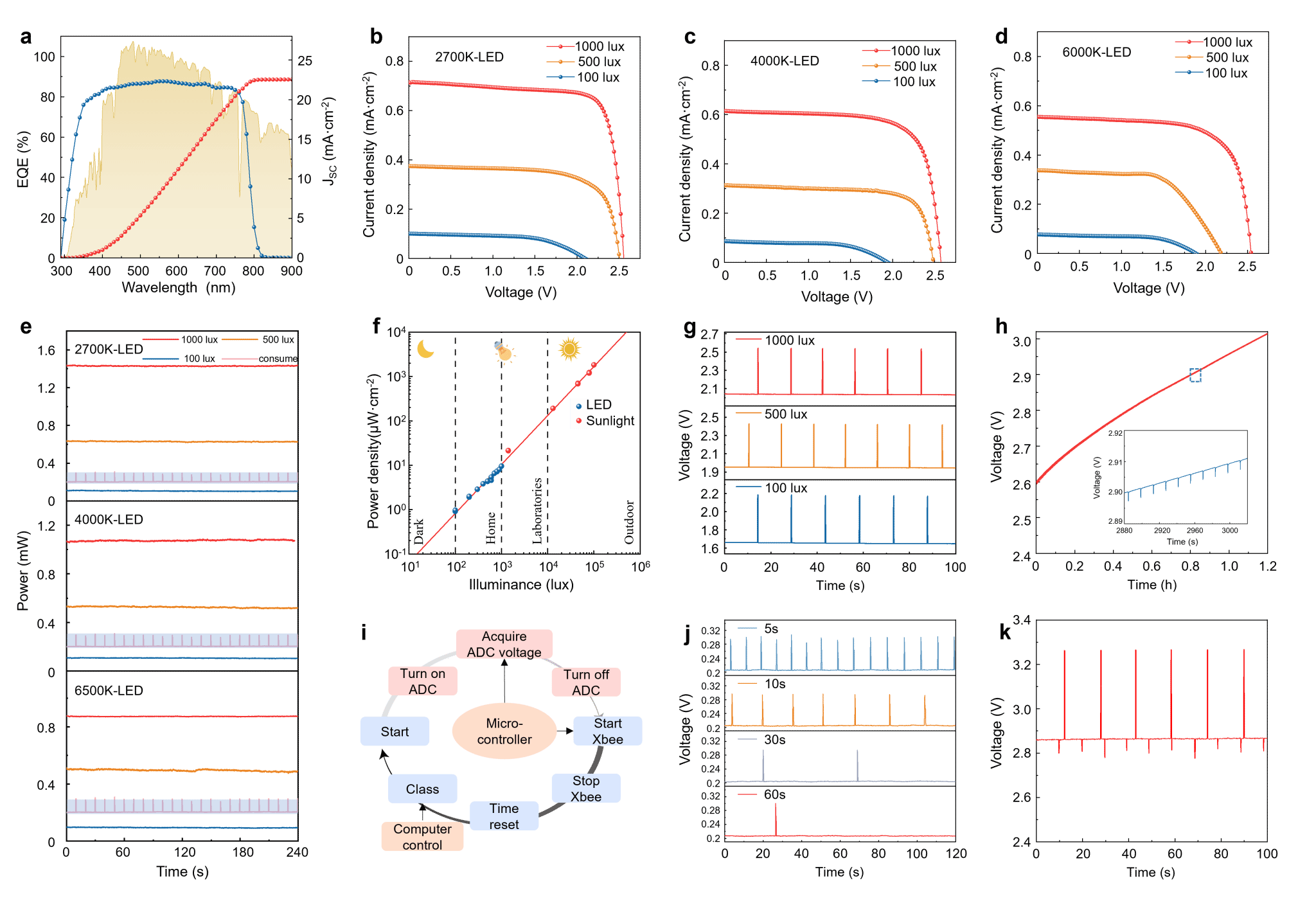
Figure 3 Energy Conversion Framework of FPSM-SSN
The energy conversion architecture of the FPSM-SSN system is illustrated in Figure 3. The FPSM demonstrates efficient charge-carrier collection within the 400–800 nm wavelength range. Under varying light conditions (e.g., 2700 K, 4000 K, and 6500 K), the FPSM exhibits exceptional photoelectric conversion efficiency. The system employs a maximum power point tracking (MPPT) module to dynamically adjust output voltage for optimized energy input. Utilizing a "harvest-store-utilize" energy conversion framework, it ensures continuous operation even under low or no light conditions. The SSN manages energy storage and distribution through integrated boost/buck converters while enabling low-power wireless data transmission via a Zigbee module.
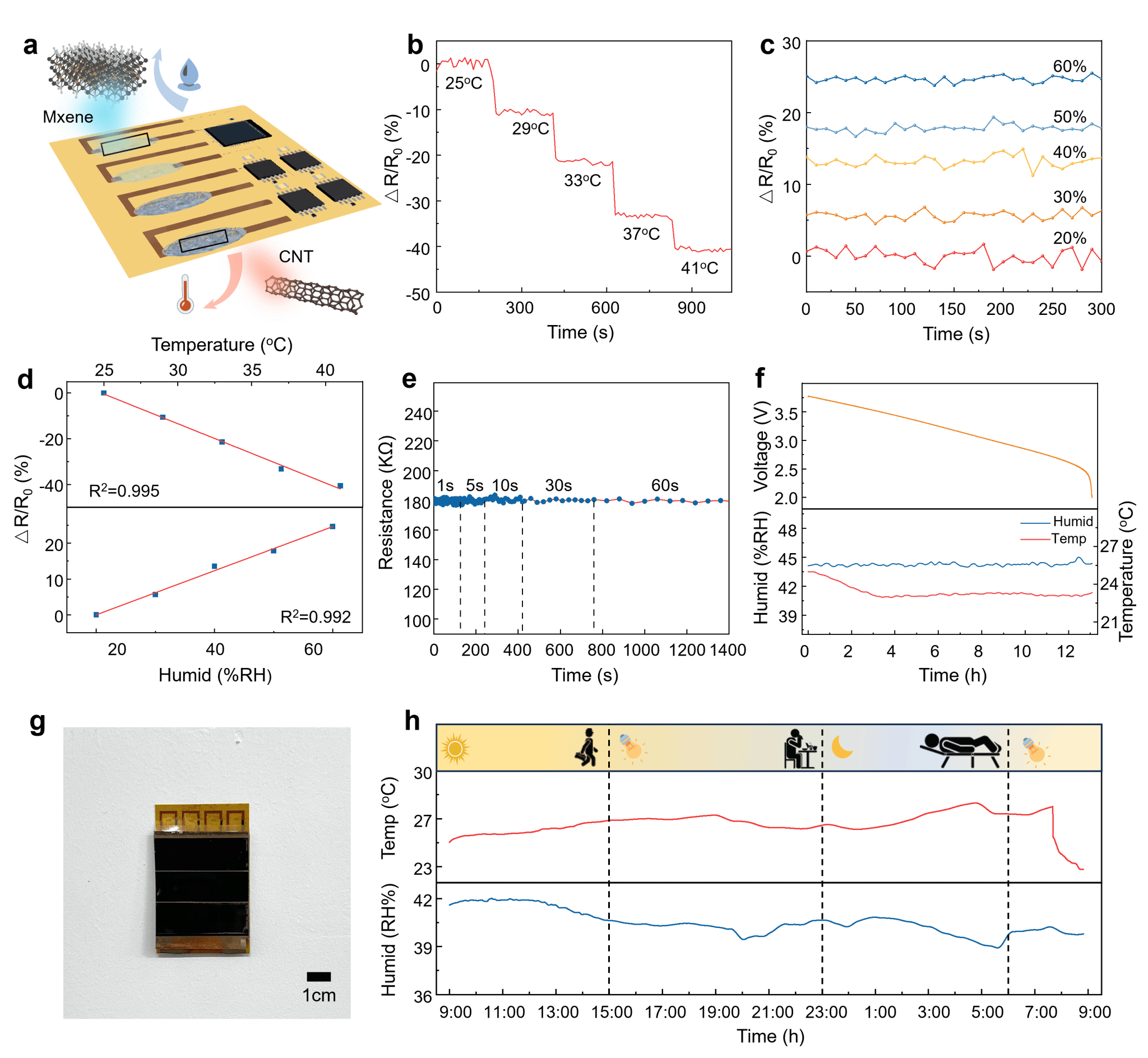
Figure 4 Information Sensing Capabilities of FPSM-SSN
The study developed two resistive sensors based on PEDOT:PSS for temperature and humidity detection. These sensors seamlessly integrate with the SSN module via inkjet printing technology. In dark conditions, the FPSM-SSN maintains low-power sensing with a 30-second transmission interval and monitors real-time voltage via a capacitor module, achieving 13 hours of self-sufficient nighttime operation. These results confirm the system’s stable and accurate self-powered sensing capacity for smart home and smart city applications.
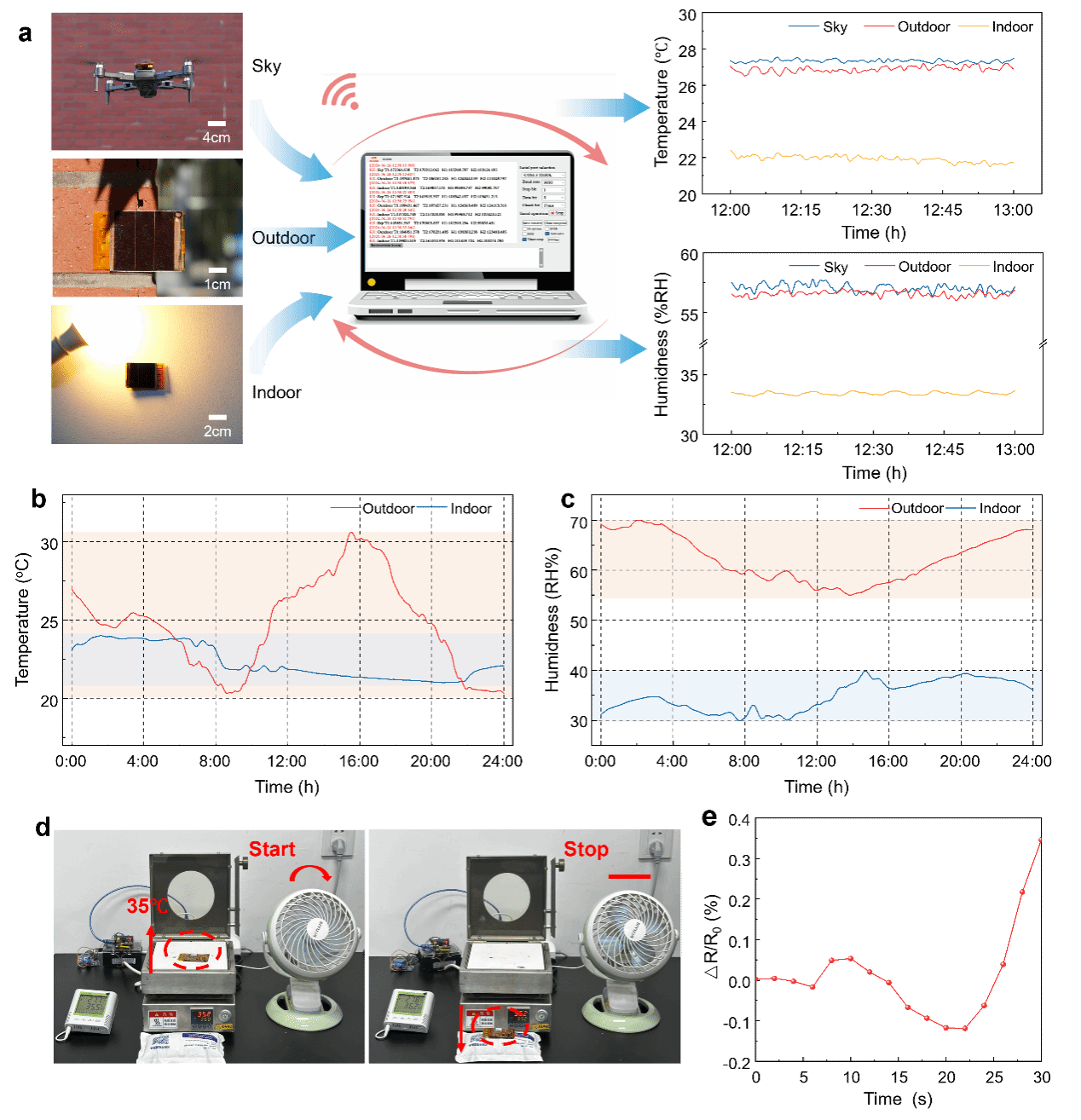
Figure 5 Spatial Sensing and Smart Home Control of FPSM-SSN
The authors demonstrated the FPSM-SSN’s networked monitoring capability across diverse environments (indoor, outdoor, and drone-mounted deployments), delivering stable and precise temperature/humidity measurements. Figures 5b and 5c highlight its 24-hour continuous monitoring performance, with data closely matching official weather reports, validating system reliability. Additionally, Figures 5d and 5e showcase its potential for smart home automation—through integration with digital switches, the system enables environment-responsive control (e.g., activating a fan when temperature exceeds 35°C).
This research successfully developed a self-sustaining Internet of Things node (FPSM-SSN) based on flexible perovskite solar modules through material innovation and system integration strategies. The FPSM-SSN adopts a p-i-n structure perovskite cell and polyolefin elastomer encapsulation technology, significantly enhancing the mechanical stability and environmental tolerance of the module; integrates an intelligent maximum power point tracking (MPPT) algorithm and adaptive energy management circuit to achieve efficient energy capture and continuous power supply under complex lighting conditions; and combines an inkjet-printed PEDOT:PSS temperature and humidity sensing array with a low-power Zigbee communication module to construct a closed-loop self-sustaining system integrating energy supply, environmental perception, and wireless transmission. This work was published in Advanced Functional Materials under the title "All Irradiance-Applicable, Perovskite Solar Cells-Powered Flexible Self-Sustaining Sensor Nodes for Wireless Internet-of-Things". Wenqi Han, a doctoral student from Dalian University of Technology, is the first author of the paper, and Prof. Shi Yantao and Assoc. Prof. Yin Bing are the corresponding authors. The research was supported by the National Natural Science Foundation of China, the School of Chemistry, and the State Key Laboratory of Fine Chemicals.
This achievement represents one of the significant breakthroughs made by Yantao Shi & Bing Yin's research group in the field of flexible photovoltaics and self-powered systems. The core challenge in building practical self-sustaining nodes lies in achieving the flexible design of photovoltaic devices, intelligent optimization of energy management, and integration of sensing and communication functions. In recent years, the research group has conducted systematic research on perovskite photovoltaic technology: ① Efficient energy module design: Developed flexible perovskite solar modules (FPSM) with a p-i-n structure, encapsulated in polyolefin elastomer (POE), featuring water resistance and mechanical stability. ② Intelligent energy management: Integrated maximum power point tracking (MPPT) modules to dynamically optimize energy input; combined with boost/buck converters and capacitor modules to achieve a "collect-store-utilize" energy cycle, ensuring continuous power supply during night or low-light conditions. ③ Multi-functional sensing and wireless transmission: The SSN integrates temperature and humidity sensors (based on PEDOT:PSS composite materials) and low-power Zigbee communication modules, supporting wireless data transmission (with adjustable transmission frequency and minimum power consumption of 200 μA). ④ Smart home application verification: The SSN serves as the control center for smart homes, automatically regulating household appliances based on temperature and humidity feedback (e.g., starting a fan when the temperature exceeds 35°C), demonstrating the closed-loop control capability of self-sustaining systems.
link:https://advanced.onlinelibrary.wiley.com/doi/epdf/10.1002/adfm.202425697

